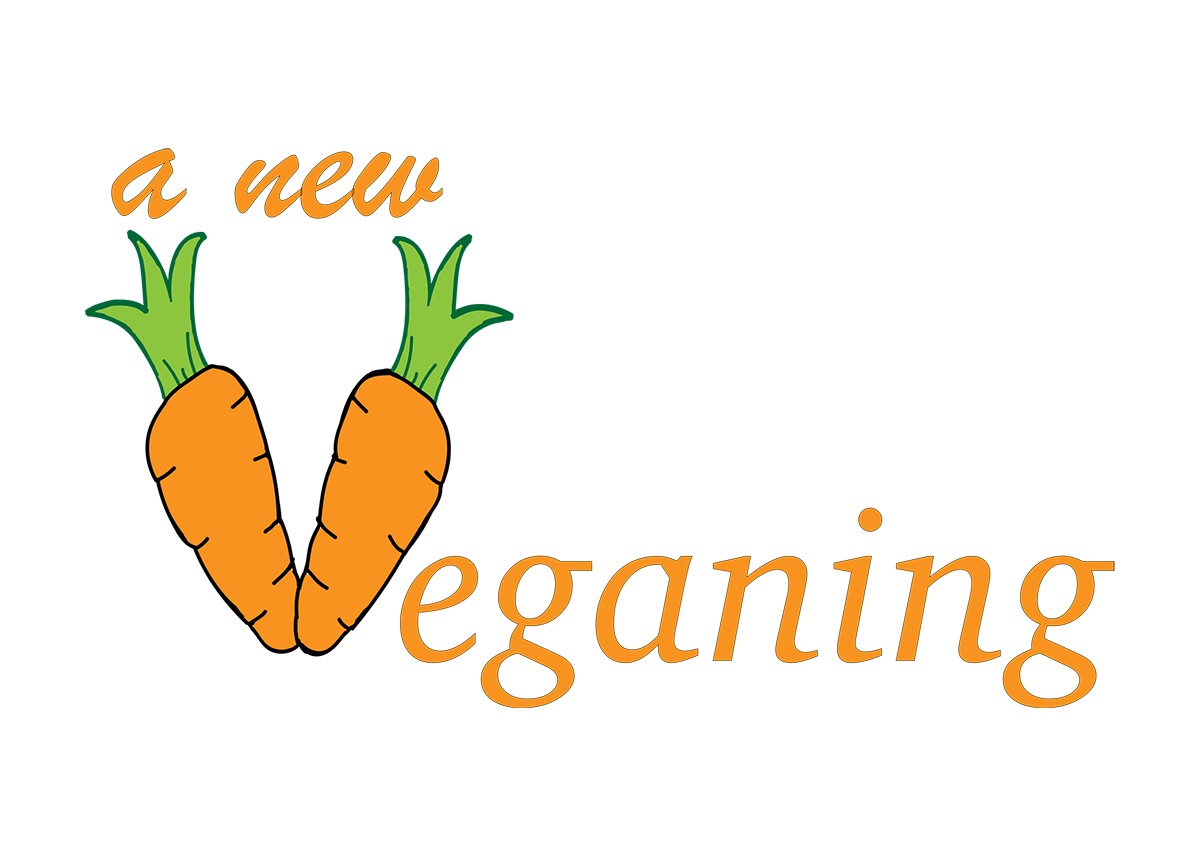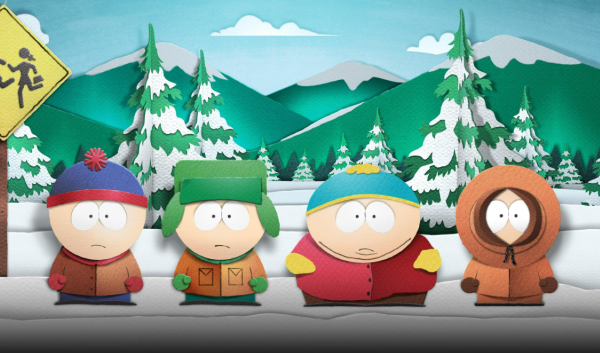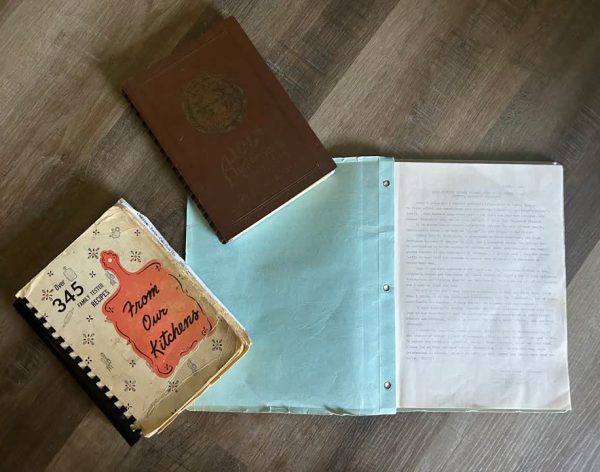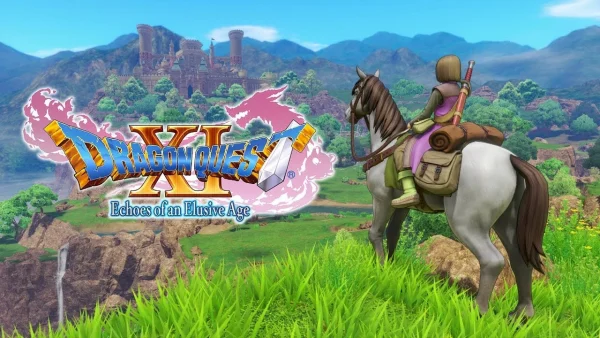A new veganing
Some “superfoods” aren’t so super
More stories from Emilee Wentland
Vegan staples aren’t always environmentally- or socially-conscious.
Foods such as quinoa and avocados are grown outside the United States, and while they may contribute to a healthy vegan diet, they aren’t necessarily cruelty-free or environmentally-friendly. Both these products and others contribute to unfair wages and labor practices as well as negative environmental impacts.
Quinoa, a popular “superfood” among vegans and trendsetting Instagram photographers, originates in Bolivia and its surrounding countries, according to The New York Times. When Americans discovered the protein-packed grain, the demand for it severely increased as it gained popularity.
The spike in demand resulted in a necessary spike in supply. This is where Bolivians are affected. Per the same article in The New York Times, this is benefitting quinoa farmers, but harming Bolivians’ diets.
“The surge has helped raise farmers’ incomes here,” the article reported. “… But there has been a notable trade-off: Fewer Bolivians can now afford it, hastening their embrace of cheaper, processed foods and raising fears of malnutrition in a country that has long struggled with it.”
Our obsession with the superfood may potentially prevent diseases or aid in the journey to perfect health, but not without the harm to other groups of people.
A two-pound bag of quinoa costs nearly four times as much as the same amount of pasta or white rice, the New York Times stated. The price of the grain tripled between 2006 and 2013, according to a 2013 report from The Guardian.
Millennials and vegans have a love for avocados so strong it may be costing them a house, but that isn’t the only thing being sacrificed.
The spike in demand for the fiber-dense fruit has led to deforestation in Mexico, according to Associated Press, as well as the a water shortage in California, according to Waterfootprint.org. A pound of avocados requires 141 gallons of water, the same website stated.
“The demand makes them profitable,” trend-seeking website Highsnobiety wrote, “and the pursuit of profit leaves a trail of reckless and exploitative behavior in its wake.”
If you’re like me, you’re reading about this and wondering what you can do.
While the best thing is probably to start your own garden in your backyard, an easier solution may be aiming to buy Fair Trade products. Fair Trade is “a model of sustainable, ethical trade that puts people and planet first,” according to the website.
Here’s a list of products and brands certified Fair Trade, including Hershey’s, Dole and Kashi.
When I studied abroad in England, the majority of food in the school’s cafeteria — if not all of it — had a Fair Trade symbol on the package or sign next to it. Here it may not be so easy. But with the right tools, it’s possible to buy plenty of products Fair Trade if you’re willing to do the research.
As always, you can buy locally (which for us Midwesterners means no more of the aforementioned foods) at the farmer’s market or organic local grocery stores to ensure you know where products are coming from.
I didn’t write this to say I’m not partially to blame for these problems — I’m eating half an avocado as I write this article and I have a few quinoa recipes pinned on Pinterest. Not to mention these aren’t the only popular crops socially and environmentally harming the globe, but these examples show how impactful even the tiniest grain can be.











